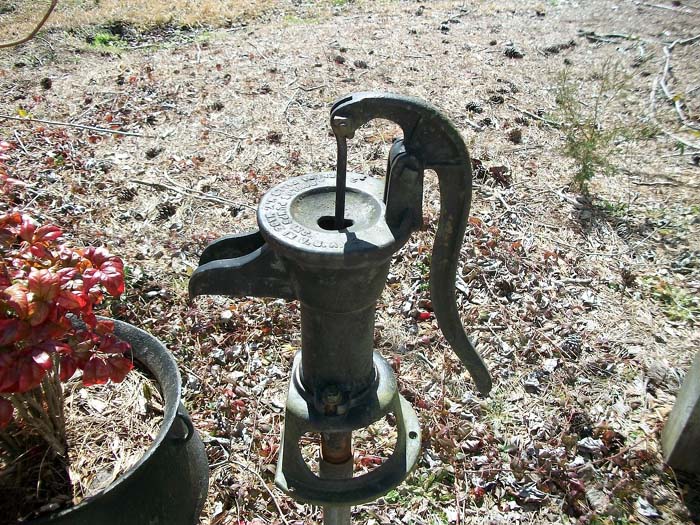
Those who get water from underground sources often confuse the words well and water borehole. Wells and boreholes provide access to underground water, but they’re different.
Here’s the difference between a well and a water borehole:
Wells
Digging a hole until it reached water was the traditional way of getting water underground. Additionally, most people still use this approach today. Placing rocks or bricks within the well’s opening would keep it from caving in. Instead of using rocks or bricks, modern well construction uses concrete rings.
In a traditional well, people lowered a bucket using a pulley rope to collect water. Some wells were too shallow to prevent water from running out if consumption outpaced replenishment. There was also a greater chance of pollution from bacteria and other contaminants.
Water borehole
Drilling rigs, whether percussion or rotary, help to construct water boreholes. These rigs may reach the water table considerably further than human excavators.
Boreholes dug using current methods are deeper and narrower than the average traditional well. Because of its greater depth, a water borehole can supply water reliably and consistently.
Drilling involves using plastic or steel casing to stop impurities and keep the borehole walls from collapsing. A liner may only sometimes be necessary if the earth can support itself.
As a result of advancements in drilling technology, water boreholes are now more dependable than traditional water wells. The water has numerous potential uses, so even though the initial investment may appear steep, it saves money. If built correctly, a borehole can provide access to clean water, and with the right treatments, the purification method can turn it into a drinking standard.
Why choose a water borehole?
- Unnoticeable
Following its installation, a water borehole is normally covered with a flat manhole cover that can be traversed by foot or vehicle. This ensures the borehole won’t interfere with your daily life or property.
A traditional well, being more of an open construction, would ideally be easily accessible. An above-ground pipe structure is still a common feature of other contemporary well designs.
Boreholes have gradually replaced traditional wells as the preferred method of accessing potable water. This is due to their reliability and ease of use. Although the installation expenses may appear costly at first, high-water users usually experience a return on investment within 2 to 3 years.
- Improved filtering
Toxins from fertilizers and pesticides are finding their way into underground water supplies, and natural aquifers need help filtering water entirely. A reliable system of sterilization and filtration must be put in place. This ensures that this water is free from contaminants that could cause harm when consumed.
Continuous supply
A water borehole can continue to supply water reliably and consistently, even during droughts. This is because it is dug deeper into the earth. Aquifers can frequently run empty when used at a rate greater than replenishment, even if wells similarly recover water, although at a shallower depth.
Water is able to pass through a perforated casing that encircles the borehole. The casing requirement and the water flow rate are directly proportional to the borehole’s depth. The amount of water you anticipate using and the size of your land will decide the depth of your borehole. There’s no need for permits to pump up to 20,000 liters of water per day from a water borehole. Hydrogeological investigations can help confirm a borehole’s feasibility according to your specific needs if you use a lot of water.
Conclusion
Wells and boreholes retrieve water from underground. But these two methods couldn’t be more different in terms of pace of production, depth, construction, and yield. Boreholes are excavated utilizing state-of-the-art techniques and equipment in order to investigate the water. In contrast, wells often draw water from the groundwater table in the area; you can also construct them from natural or artificial sources.
If you want to take advantage of Express Drainage Solutions‘ vast borehole drilling and well development knowledge, don’t delay contacting them.
